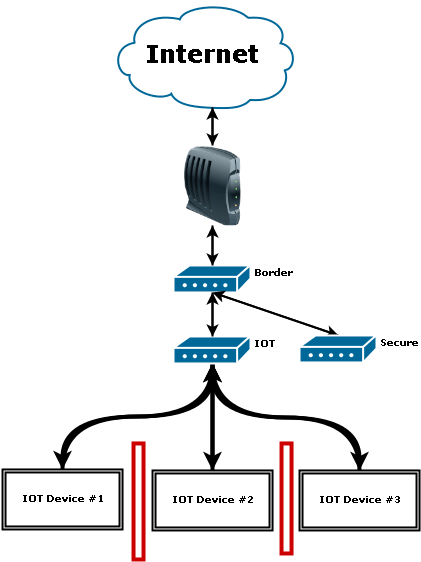0
I'm setting up the "three dumb routers" in my house.
My question is which router should I enable QOS (e.g. codel) on, in order to prevent bufferbloat? Should it be enabled on the edge router, or on all internal wifi-enabled routers? Or both?
Let me know if the question is not clear enough (I'll try to expand).
P.S.: Hope this is the right place to ask.

Thank you. Do all routers support ECN? – Andriy Drozdyuk – 2018-02-13T17:32:11.500
Also, why do all three need to use it? I'm just curious. What if only the modem-connected one uses CoDel? Will it be able to distinguish different clients' connections and regulate them successfully? – Andriy Drozdyuk – 2018-02-13T17:33:21.133
@drozzy I'm sure there are plenty of routers that don't do ECN, but it's becoming more and more expected among people who care. As for smart queueing, why would you want a router to be dumb about queueing and allow latency to build up due to bloated buffer queues? No one wants useless latency buildup anywhere on their network, so you want all your middleboxes to be smart about queueing. The make-one-a-slight-bottleneck trick is only useful for flows that go through that one box, and only if no other links the in the path become a greater bottleneck. – Spiff – 2018-02-13T17:44:54.370
Good point about others being a greater bottleneck. But to touch on the other point for "flows that go through that one box" - wouldn't in my case, all the flows go through the "border" router anyways? – Andriy Drozdyuk – 2018-02-13T18:45:04.103